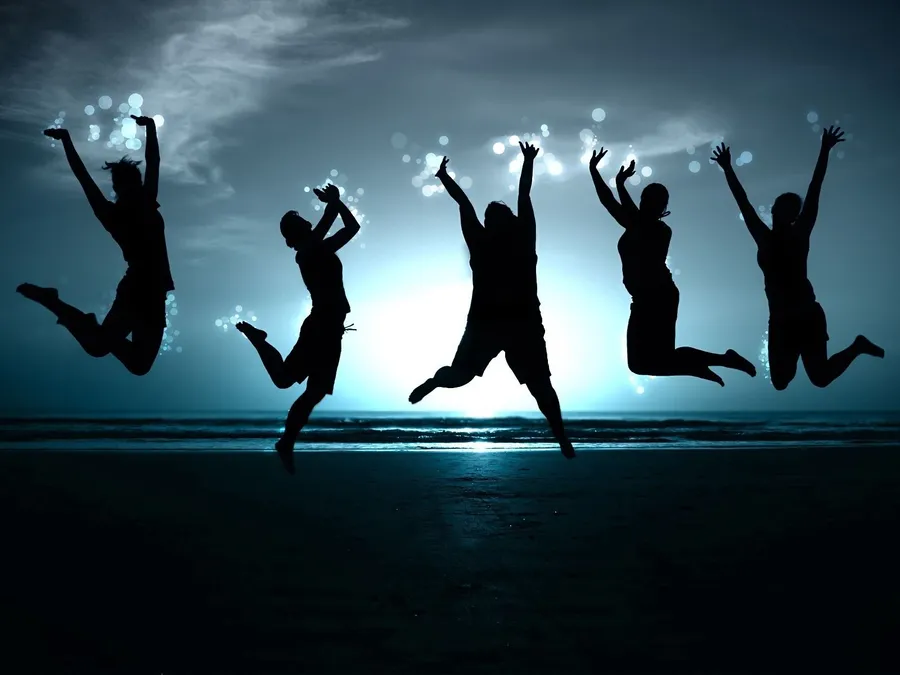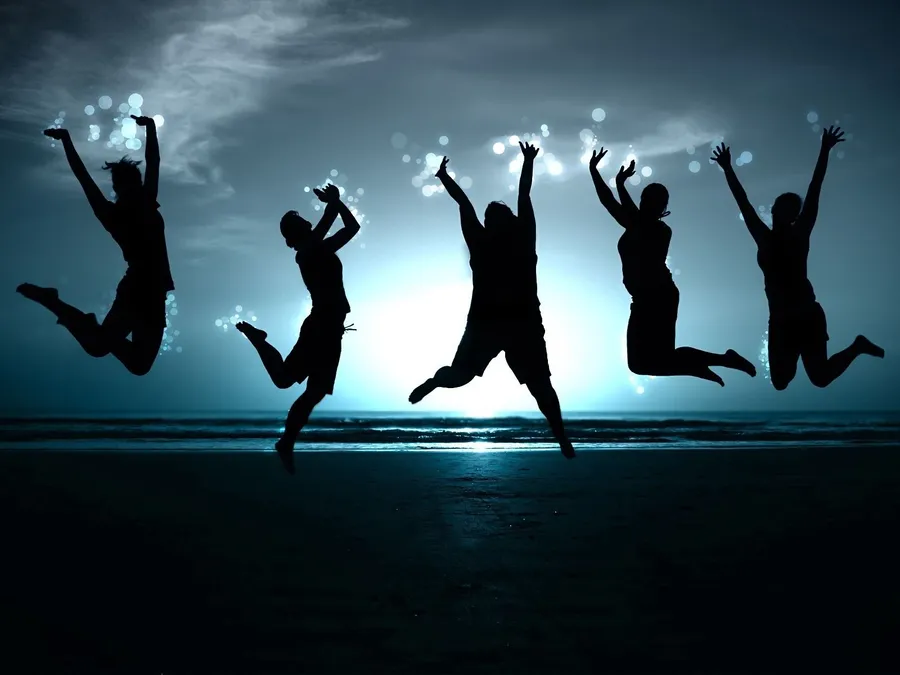Here is a guide to some basic techniques for image editing and design. I want to start out by saying that I'm fully self-taught, by no means is my way the best way, and it might not even be the most efficient. Hopefully I lead no one astray and if I give any misinformation, feel free to correct me.
I am also not a Gimp native. I use Photoshop, but the two programs are similar in a lot of ways. If you use Gimp all the time and there is a better way to do things, please let me know. Keep in mind that I’m trying not to overwhelm people who are new to this by including too much information about tool settings etc.
As with most new skills, the only way to get comfortable with doing this is to play around a lot. You will fall into your own habits and methods. Once you have some basics, you can look for more tutorials on YouTube. I highly recommend you look into to brushes if you're looking for some neat things to do.
I will only be covering some of the basics that will hopefully get you on the road to creating the labels of your dreams!
This ended up getting really long (and I apologize for the wall of text that is this post), but there are a lot of things that I felt fell under ‘basics’. The best way to use this information is probably not to try and read it once and take it all in. You may be better off coming back to the parts that are relevant to what you’re learning as you experiment a little.
Grab your favorite caffeinated beverage, we’re about to get started!
Get Your Gear
This tutorial will be using gimp 2.8 (available as of September 2015), which is a free graphics program. You can edit images or make your own in a variety of shapes and sizes.
You can download it for many different operating systems here http://www.gimp.org/downloads/
My tutorial uses a Windows operating system. If you use something else, there may be slight variations in keyboard shortcuts etc.
Installation is fairly simple, just download the file and double click it to open the installer and follow the instructions.
If you already have gimp installed, things may have moved around or disappeared. If that's the case, try resetting the windows layout and tools. This will reset all the tools and windows to the way they were when first installed. If you're happy with your layout as it is, you will not want to do this.
I go through how to do this in the first part of the video tutorial.
Once you make your image you'll need to print it, although you can print it from gimp, you'll most likely need to use something to layout multiple images on a sheet.
But What About Printing?
Word, publisher, or Avery online can help you with that. I am not covering that part in this tutorial, but the first step is making an image that you can use.
What size do you want your image?
Luckily this is pretty straight forward. As you'll see in the video, you can select the size and measurement you want. Find out the size of the labels you have and punch it in. For my example label, I am using a standard mailing label (Staples, Avery etc.) which is 2 inches high by 4 inches wide.
DPI is that some sort of hair gel?
Here is a really in depth explanation of DPI if you're interested: https://en.wikipedia.org/wiki/Dots_per_inch
But here's what you really need to know:
Your image will probably be fine at 300 or 600 dpi/ppi. Personally, I use 600 just to make sure I don't run into issues later on but I did everything in 300 in the video. If you are creating a very complex label with many images and layers, your file size might run a little large at 600 and you might want to stick to 300.
Fonts
I talk about fonts a few times through this post and in the video. Your operating system comes with a certain number of fonts. If you want to use anything above those, you need to download and install it before you use it. Here's how to install fonts on windows: http://windows.microsoft.com/en-us/windows-vista/install-or-uninstall-fonts
There are a lot of free fonts available and entire websites devoted to them. Just google something like 'free fonts for commercial use' or "free fonts for personal use'.
If a website is offering free fonts, you shouldn't have to pay anything. If you want to pay for them, that's up to you, but I have been downloading fonts for years without even needing to so much as sign up for an account on the sites I use.
Remember, whenever you're downloading and installing files, use an anti-virus program!
What are layers and why are they so important?
Now imagine that you took that same sandwich and grilled it. Well now your sandwich isn't really separate ingredients anymore, it’s more like one solid piece. It's not impossible to change the cheese now, but it's going to take a lot of work.
The grilled cheese is like a flat image. Changing the text or anything else requires some major editing to cut it all apart and fix. The first sandwich all you have to do is go to the piece you want to change (the layer) and you're done. It will make more sense when you see it in action, but for right now remember, layers are important.
The tutorial proper...
Although I could do this with a ton of screen shots, there's just no substitute for showing you the program in action. So I've decided to bite the bullet and make a video.
This means I had to actually talk...and record it, it was very harrowing. Oh and please pardon my Canadian (that was a very Canadian thing to say, wasn't it?)
I tend to speak a little fast so I've included subtitles in case you have a hard time understanding anything I'm saying. Just click on the "CC" button in the player to turn them on and off.
I also recommend that you use full screen so that you can see what I'm doing on screen. It came out a little smaller than I had intended.
My hope is that you can watch the video and read this post multiple times and use it as a sort of cheat sheet while you're learning these basics.
I learn best by doing. Whenever I’m learning new techniques, I open my program and try to work alongside the video. This lets me do each step and rewind to get the parts I inevitably miss. Everyone learns differently though so that may not work best for you.
Alright, without further ado, let’s go to the video over on YouTube. The post continues below with a list of some of the tools I use, as well as some tips, but they'll probably be more helpful after you've watched the video and used the program a little.
Each of these videos is about 16 minutes (I know I know, I tried to keep them as short as possible).
The Basics
https://youtu.be/r6ad08PBMTw
Here's what we'll make in the basic tutorial:
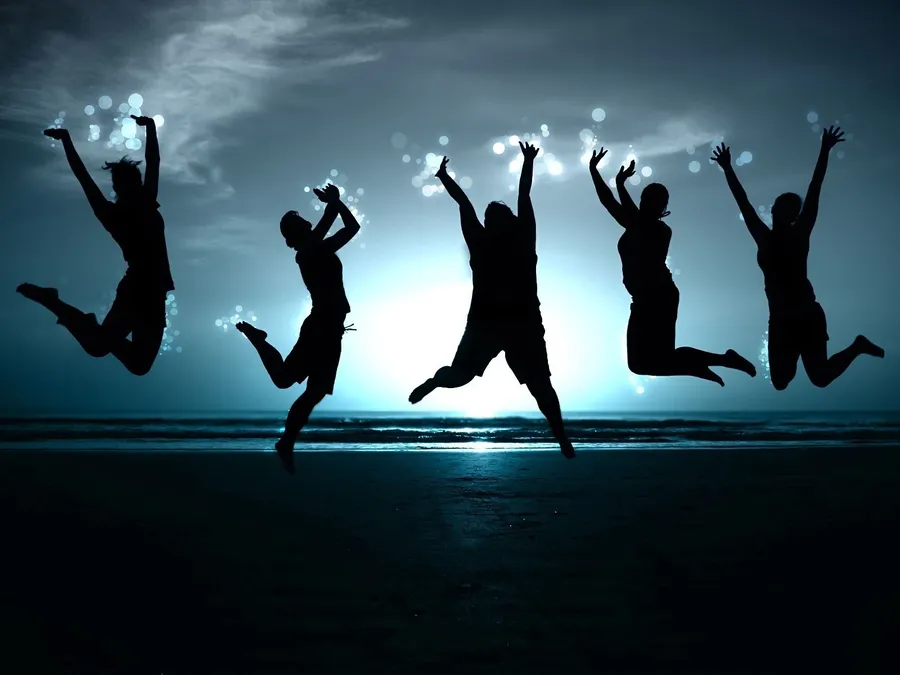
The still-basic-but-a-little-more-advanced basics…
https://youtu.be/xIldhPwDHAs
Here's what we'll make in part two:
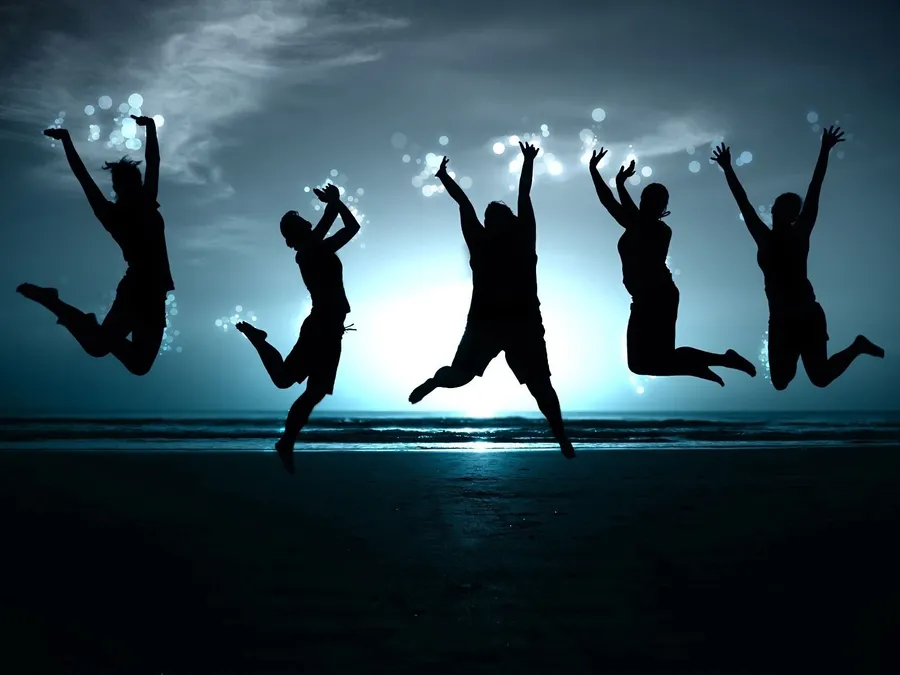
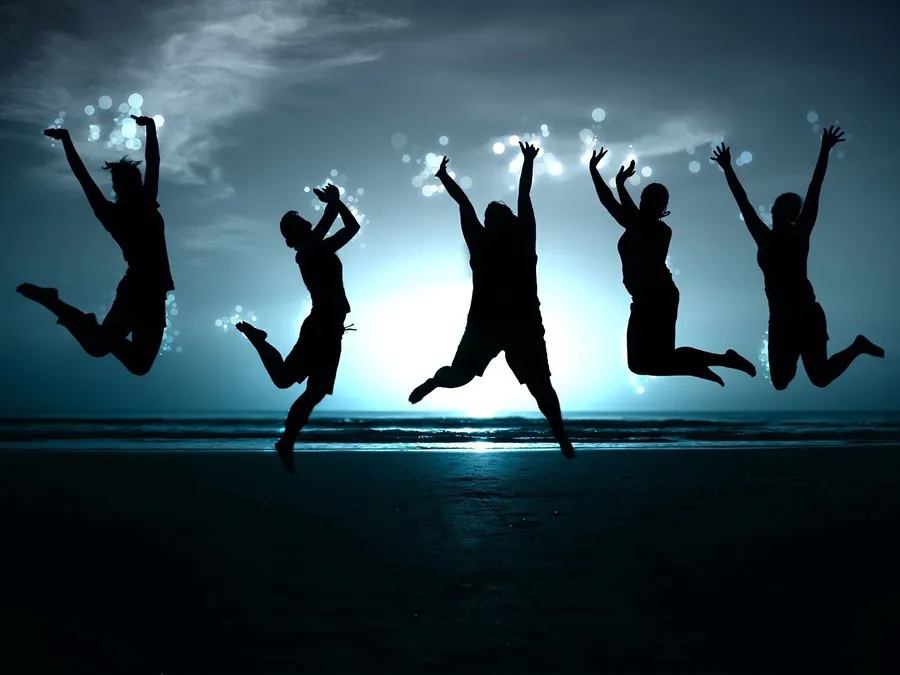
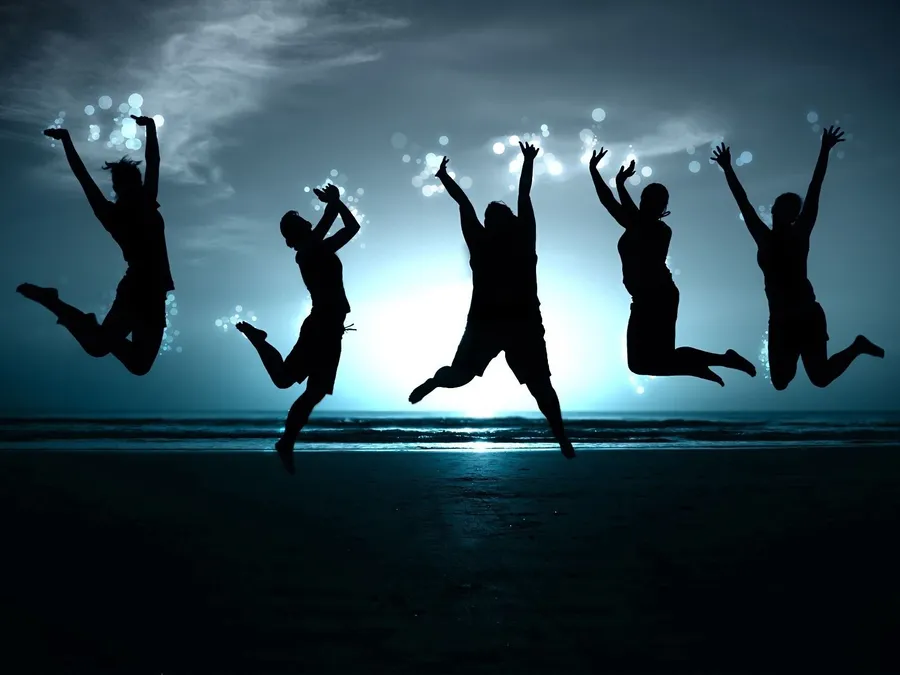
Dahila had a question about rotating so there's a video to cover that as well:
https://youtu.be/zvxfK9Yk6Es
I am also not a Gimp native. I use Photoshop, but the two programs are similar in a lot of ways. If you use Gimp all the time and there is a better way to do things, please let me know. Keep in mind that I’m trying not to overwhelm people who are new to this by including too much information about tool settings etc.
As with most new skills, the only way to get comfortable with doing this is to play around a lot. You will fall into your own habits and methods. Once you have some basics, you can look for more tutorials on YouTube. I highly recommend you look into to brushes if you're looking for some neat things to do.
I will only be covering some of the basics that will hopefully get you on the road to creating the labels of your dreams!
This ended up getting really long (and I apologize for the wall of text that is this post), but there are a lot of things that I felt fell under ‘basics’. The best way to use this information is probably not to try and read it once and take it all in. You may be better off coming back to the parts that are relevant to what you’re learning as you experiment a little.
Grab your favorite caffeinated beverage, we’re about to get started!
Get Your Gear
This tutorial will be using gimp 2.8 (available as of September 2015), which is a free graphics program. You can edit images or make your own in a variety of shapes and sizes.
You can download it for many different operating systems here http://www.gimp.org/downloads/
My tutorial uses a Windows operating system. If you use something else, there may be slight variations in keyboard shortcuts etc.
Installation is fairly simple, just download the file and double click it to open the installer and follow the instructions.
If you already have gimp installed, things may have moved around or disappeared. If that's the case, try resetting the windows layout and tools. This will reset all the tools and windows to the way they were when first installed. If you're happy with your layout as it is, you will not want to do this.
I go through how to do this in the first part of the video tutorial.
Once you make your image you'll need to print it, although you can print it from gimp, you'll most likely need to use something to layout multiple images on a sheet.
But What About Printing?
Word, publisher, or Avery online can help you with that. I am not covering that part in this tutorial, but the first step is making an image that you can use.
What size do you want your image?
Luckily this is pretty straight forward. As you'll see in the video, you can select the size and measurement you want. Find out the size of the labels you have and punch it in. For my example label, I am using a standard mailing label (Staples, Avery etc.) which is 2 inches high by 4 inches wide.
DPI is that some sort of hair gel?
Here is a really in depth explanation of DPI if you're interested: https://en.wikipedia.org/wiki/Dots_per_inch
But here's what you really need to know:
Let's simplify that a little shall we? DPI (sometimes used interchangeably with PPI) is dots per inch (PPI = pixels per inch). Printers use small dots to recreate your image, this number tells it how many dots it should use. A larger number usually leads to a crisper image, you also have more freedom to resize it. Images can almost always be sized down, but up doesn't work so well. If you're sending something off to a professional printer, they will have something on the website outlining their requirements.DPI refers to the physical dot density of an image when it is reproduced as a real physical entity, for example printed onto paper.
Your image will probably be fine at 300 or 600 dpi/ppi. Personally, I use 600 just to make sure I don't run into issues later on but I did everything in 300 in the video. If you are creating a very complex label with many images and layers, your file size might run a little large at 600 and you might want to stick to 300.
Fonts
I talk about fonts a few times through this post and in the video. Your operating system comes with a certain number of fonts. If you want to use anything above those, you need to download and install it before you use it. Here's how to install fonts on windows: http://windows.microsoft.com/en-us/windows-vista/install-or-uninstall-fonts
There are a lot of free fonts available and entire websites devoted to them. Just google something like 'free fonts for commercial use' or "free fonts for personal use'.
If a website is offering free fonts, you shouldn't have to pay anything. If you want to pay for them, that's up to you, but I have been downloading fonts for years without even needing to so much as sign up for an account on the sites I use.
Remember, whenever you're downloading and installing files, use an anti-virus program!
What are layers and why are they so important?
This is one of those fundamentals to working with images. Imagine your image is like a sandwich. You take a piece of bread put some cheese on it, maybe some tomato and some onion and slap another piece of bread on top. It's a fine sandwich and you're proud of it...but wait a minute the person you made it for doesn't want cheddar cheese, they want Swiss. So you go back, take your sandwich apart and replace the cheese. Viola! Problem solved.Onions have layers. Ogres have layers. Onions have layers. You get it? We both have layers.
Now imagine that you took that same sandwich and grilled it. Well now your sandwich isn't really separate ingredients anymore, it’s more like one solid piece. It's not impossible to change the cheese now, but it's going to take a lot of work.
The grilled cheese is like a flat image. Changing the text or anything else requires some major editing to cut it all apart and fix. The first sandwich all you have to do is go to the piece you want to change (the layer) and you're done. It will make more sense when you see it in action, but for right now remember, layers are important.
The tutorial proper...
Although I could do this with a ton of screen shots, there's just no substitute for showing you the program in action. So I've decided to bite the bullet and make a video.
This means I had to actually talk...and record it, it was very harrowing. Oh and please pardon my Canadian (that was a very Canadian thing to say, wasn't it?)
I tend to speak a little fast so I've included subtitles in case you have a hard time understanding anything I'm saying. Just click on the "CC" button in the player to turn them on and off.
I also recommend that you use full screen so that you can see what I'm doing on screen. It came out a little smaller than I had intended.
My hope is that you can watch the video and read this post multiple times and use it as a sort of cheat sheet while you're learning these basics.
I learn best by doing. Whenever I’m learning new techniques, I open my program and try to work alongside the video. This lets me do each step and rewind to get the parts I inevitably miss. Everyone learns differently though so that may not work best for you.
Alright, without further ado, let’s go to the video over on YouTube. The post continues below with a list of some of the tools I use, as well as some tips, but they'll probably be more helpful after you've watched the video and used the program a little.
Each of these videos is about 16 minutes (I know I know, I tried to keep them as short as possible).
The Basics
https://youtu.be/r6ad08PBMTw
Here's what we'll make in the basic tutorial:

The still-basic-but-a-little-more-advanced basics…
https://youtu.be/xIldhPwDHAs
Here's what we'll make in part two:



Dahila had a question about rotating so there's a video to cover that as well:
https://youtu.be/zvxfK9Yk6Es
Last edited:





